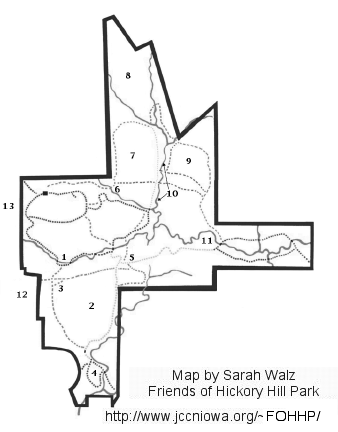Some Birds of Hickory Hill Park
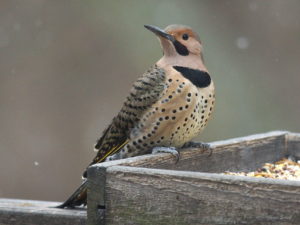
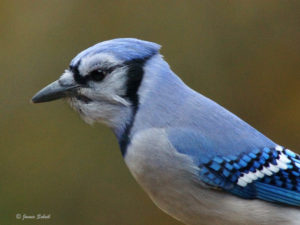

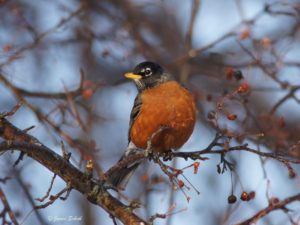
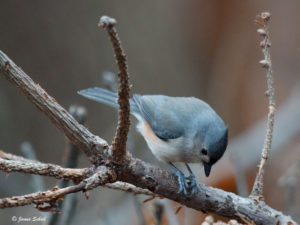
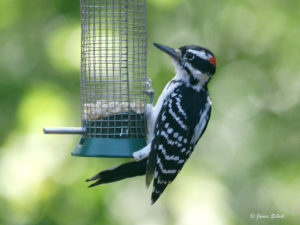
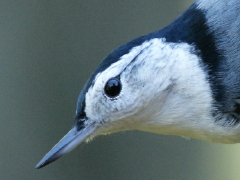
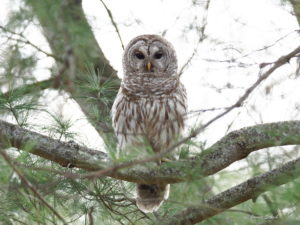
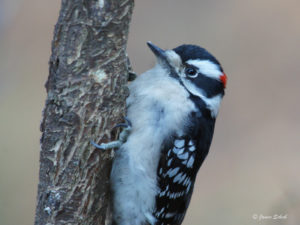
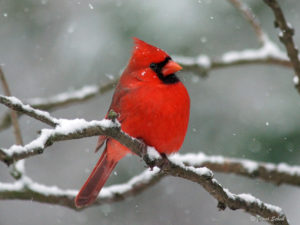
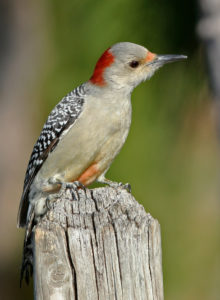
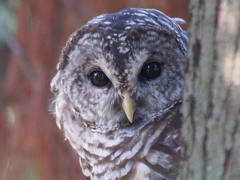
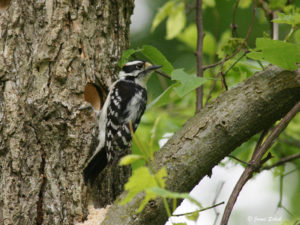
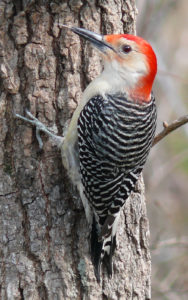
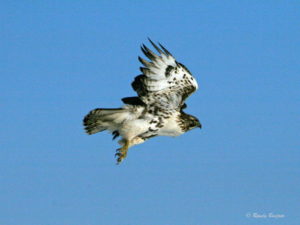
Hickory Hill Park in Iowa City is a 185 acre natural area that provides a wide variety of plants and habitats for birds. The habitats include oak-hickory savana, prairie, hillside seeps, creeks and oak woodlands.This page gives some examples of the wildlife that can be encountered at Hickory Hill Park.
Thanks to Jim Fuller, James Huntington, and Jim Scheib for providing this information.
More from Friends of Hickory Hill Park at:
www.hickoryhillpark.org
Birding areas identified on the trails map are:
1-South Canyon
2-South Mature Growth Area
3-The Triangle
4-Bloomington Entrance Area
5-West end of retention dam
6-North Canyon
7-Lower Field
8-Upper Field
9-East New Growth Area
10-N/S Ralston Creek Valley
11-East Fork Ralston Creek
12-Oakland Cemetery South
13-St. Joseph’s Cemetery
(Click Map for Larger View)
While the heaviest birding activity at the park is during the spring migration in April and May, many common Iowa birds can be found at Hickory Hill all year. Some of the common year-round birds are Blue Jay, Northern Cardinal, American Robin, Tufted Titmouse, White-breasted Nuthatch, American Crow, Red-tailed Hawk, Barred Owl, Cedar Waxwing, American Goldfinch, Mourning Dove, European Starling, and House Sparrow. Common woodpeckers include Downy, Hairy, Red-bellied Woodpecker, and (yellow-shafted) Northern Flicker.
Spring Migration
Basically all Iowa Warbler species have been found in the park during migration. Common ones include American Redstart, Wilson’s, Yellow, Common Yellowthroat, Yellow-rumped, Nashville, etc.
Connecticut Warblers are rare, regular, spring migrants. They usually arrive around May 20th and have been found in the north and south canyons (1,6) on the ground in dense thickets often among the Jewel Weed plants. Don’t expect them to sing before about 8:00 in the morning as they generally await the sun to warm things up.
Mourning Warblers are sometimes found in the same areas.
Black-throated Blue Warblers are very rare migrants in September and have been found in the south canyon and around the triangle (1,3).
Ovenbirds call from the south mature growth area (2) and the south canyon (1).
Common Yellowthroats, and Kinglet species are easily found in the N/S Ralston Creek Valley (10) during migration.
Both Hooded and Kentucky Warblers have been found in the North Canyon but not on a yearly basis (6).
Yellow Warblers and Blue-winged Warblers have been found along the west edge of the lower field (7) and sometimes just west of the park property.
Waterthrush species can best be found along the creeks (4,10,11).
All the Iowa Thrush species are found in the South Canyon (1).
Clay-colored Sparrows have been found in the cedars or shrubs near the northern side of the lower field (7) during a narrow window that seems to center around May 10.
Bobolinks and Meadowlarks inhabit the upper and lower fields (7,8).
Listen for Carolina Wrens in any of the forested areas (1,2,3).
Broad-winged Hawks can be seen roosting near the Triangle (3) during migration.
White-eyed Vireos are possible in the south canyon (1) and near the west end of the retention dam (5).
Most Iowa flycatchers including Alder and Yellow-bellied Flycatchers will move thru the park in migration. Look along wooded edges and creeks. Also Blue-gray Gnatcatchers.
Yellow-bellied Sapsuckers are found in both spring and fall migrations mostly in old growth areas (1,2,3).
Belted Kingfishers are reported along the East Fork of Ralston Creek (11).
Winter Wrens and Ruby-crowned and Golden-crowned Kinglets are seen in the South Canyon (1) in October.
Probable Nesters
Scarlet Tanagers have been known to nest in the south mature growth area (2).
Wood Thrushes may nest in the south mature growth area (2).
Eastern Bluebirds have nested along the edges of the upper field (8).
Barn Swallows have nested in the Dodge St. entrance shelter.
Great-crested Flycatchers (cavity nesters) could nest mostly in old growth areas (1,2,3).
American Woodcocks probably display in the upper and lower fields (8,7) in spring.
Both Yellow-billed and Black-billed Cuckoos may nest along wooded edges and fence lines (7,8).
Warbling Vireo, Red-eyed Vireo, and Yellow-throated Vireo may nest in the north canyon (6).
Ring-necked Pheasants are heard in the fields (7,8).
Cooper’s Hawks nest in town and could nest in the park in tall trees.
Red-tailed Hawk nests are possible in large trees.
Wood Ducks have been seen in trees and along the creeks.
Northern Cardinals, Gray Catbirds, Blue Jays, and House Wrens are common nesters.
Winter Visitors
Saw-whet Owls have wintered in Cedar Trees in the East New Growth Area (9).
A variety of sparrows are available in late fall and thru the winter in brushy habitats.
Some late Yellow-bellied Sapsuckers are found in late fall mostly in old growth areas (1,2,3).
Barred Owls are more likely in the south canyon area (1), the old growth area (2), and the N/S Ralston Creek Valley (10) near the new growth area (9).
The Hemlocks of Oakland Cemetery (south) (12) can attract Red-Crossbills, Pine Siskins, Common Redpolls, and Yellow-bellied Sapsuckers in winter.
The pines of St. Joseph’s Cemetery (13) attract Purple Finches and roosting accipiter species such as Cooper’s Hawk and Sharp-shinned Hawk.
